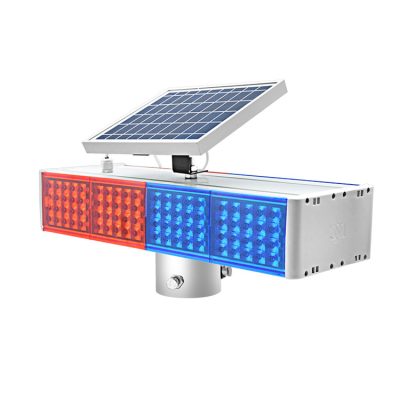Traffic signals and roundabouts are both traffic control devices used to manage intersections and improve traffic flow. Each has its advantages and is suitable for different situations. Here are the pros of traffic signals and roundabouts:
Traffic Signals:
- Control and Order: Traffic signals provide strict control and order at intersections. They assign right-of-way to different directions of traffic, which can help reduce the risk of accidents and conflicts.
- Pedestrian Safety: Traffic signals are effective at providing safe pedestrian crossings. They include walk signals, crosswalks, and countdown timers, all of which contribute to pedestrian safety.
- Flexible Timing: Traffic signal timings can be adjusted to accommodate variations in traffic volume and patterns throughout the day. This adaptability is useful in areas with fluctuating traffic demands.
- Enforcement: Traffic signals enforce traffic laws by regulating when drivers must stop or yield. The presence of red-light cameras can deter red-light running and improve road safety.
- Emergency Vehicle Preemption: Some traffic signals are equipped with preemption systems that allow emergency vehicles to override the signal and proceed through intersections quickly during emergencies.
Roundabouts:
- Continuous Flow: Roundabouts promote continuous traffic flow, as vehicles move through the intersection without stopping (except for yielding to entering traffic). This reduces delays and fuel consumption.
- Reduced Conflict Points: Roundabouts have fewer conflict points compared to traditional intersections with traffic signals or stop signs. This reduces the likelihood of severe crashes and can make intersections safer.
- Lower Maintenance Costs: Roundabouts typically have lower maintenance costs because they do not require traffic signals, signal timing adjustments, or ongoing electrical costs.
- Environmental Benefits: The continuous flow of traffic in roundabouts reduces vehicle idling, resulting in lower fuel consumption and emissions. This makes roundabouts more environmentally friendly than traffic signals.
- Pedestrian Safety: Roundabouts often include crosswalks and pedestrian refuge islands, enhancing pedestrian safety. While there are fewer conflicts, drivers tend to be more aware of pedestrians in roundabouts.
- Aesthetic and Landscaping Opportunities: Roundabouts can be landscaped with plants, trees, and public art, enhancing the visual appeal of an area and contributing to community aesthetics.
- Improved Capacity: Roundabouts can handle higher traffic volumes than similarly sized signalized intersections because they efficiently distribute traffic flow in all directions.
It’s important to note that the choice between traffic signals and roundabouts depends on various factors, including traffic volume, intersection geometry, available space, and the specific goals of the traffic control. Some intersections may benefit from the continuous flow of roundabouts, while others may require the strict control and order provided by traffic signals. Traffic engineers evaluate these factors to determine the most appropriate solution for each intersection. Additionally, community preferences, cost considerations, and local regulations can influence the choice between traffic signals and roundabouts.
























